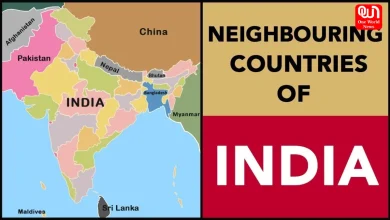After Mangalyaan, ISRO decides to send Rovers to Mars
After Mangalyaan, ISRO decides to send Rovers to Mars

After Mangalyaan, ISRO decides to send Rovers to Mars
ISRO’s Mars Mission was recently in the news due to the Mangalyaan’s exciting encounter with Siding Spring at midnight on the 19th of October for which ISRO had repositioned its Mars Orbiter satellite. ISRO is all set to launch a second Mars Mission in 2018. This time the Indian Space Research Organization is planning to revisit Mars with a higher payload satellite that weighs around two or three tonnes to carry a lander and a rover. They have to wait till 2018 because the next mission to Mars can be launched only after 2 years.

Concept photo of a satellite studying Mars, Source: NASA
The Mars Orbit Mission (MOM) included five scientific instruments to search for life sustaining elements on the planet.
Director S. Shiva Kumar said they want to conduct more experiments and need to develop highly sophisticated technology. ISRO has developed the “Geo-Synchronous Satellite Launch Vehicle” (GLSV-Mark I-III) with indigenous cryogenic engine to launch satellite weighing more than 2-3 tonnes into the geo-orbit at 36,000 km above the Earth.

NASA’s Mars Rover, Source: NASA
ISRO has organized an Engineers’ Conclave, which begins today, October 30, 2014 and would go on till November 1, 2014 and is being held in Bangalore. The intention behind this is to assemble all professional engineers and scientists and bring them to a common platform to generate solutions regarding the serious engineering challenges faced by the society today.
At the pre-event press meet of this Engineers’Conclave, Director SK Shiva kumar told reporters that, “We are very satisfied with the way in which we have maneuvered the satellite and how it behaved pre and post maneuver, and how it survived from the comet. With that, one major hurdle is really finished now we are more concentrating on the experiments we are trying to do.”

Phase Design of the Mars Mission, Source: ISRO
“Things are going as per schedule, things are very clear for us and we are conducting the experiments as planned. With that we feel it is at normal face of the mission, and we can certainly hand over the satellite to our ISTRAC friends for next six months minimum, beyond that it will be really bonus to all of us.”
Articulating on the GSAT launches Shivakumar said, “Basically GSAT-16 will go on December 4 to Kourou in French Guiana and then next will be GSAT-15; along with that we are preparing GSAT-18 and 17 in the same order. We feel that by the end of next year we have to send 18 and early 2016 we have to send 17.”
Have a news story, an interesting write-up or simply a suggestion? Write to us at
info@oneworldnews.com







